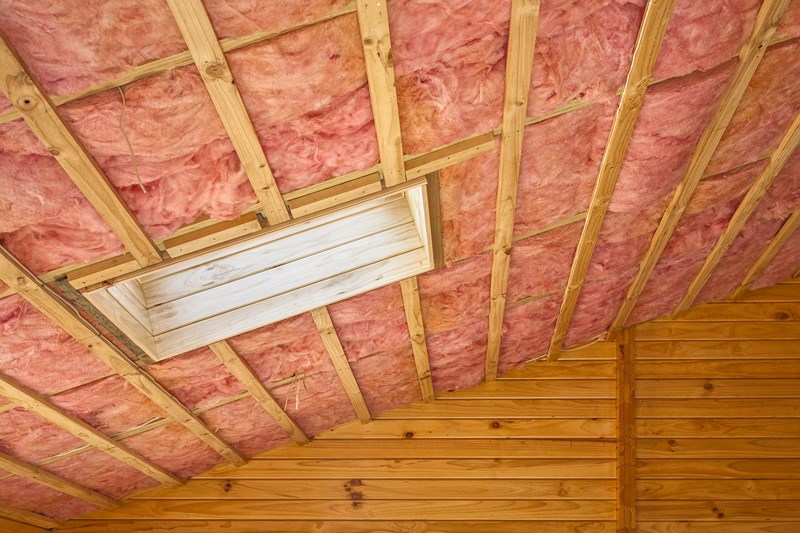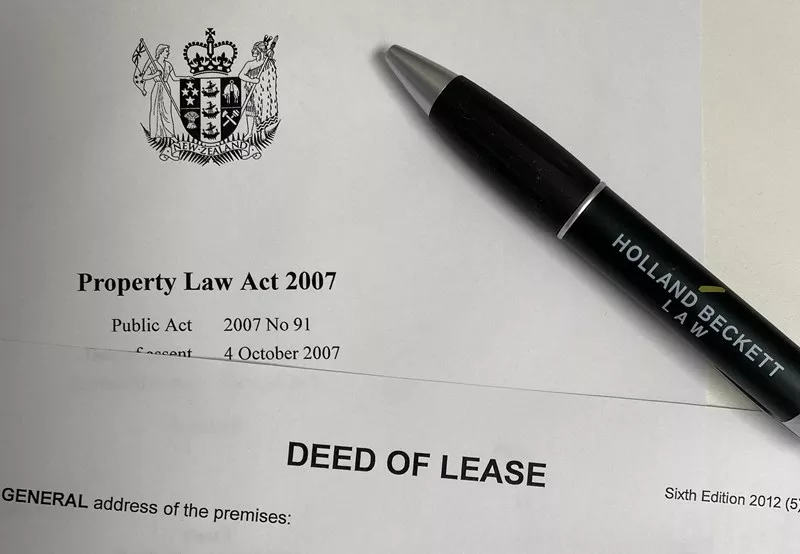Insulation Requirements
The Residential Tenancies Amendment Bill (“the Bill”) comes into force on 1 July 2016. This will impose new obligations on residential landlords from this date in relation to insulation installed in ceilings and underfloors.
If you are a social housing provider, and an income-related rent has been calculated for the tenants in a residential property, then current insulation and insulation installation requirements may be applicable to you from the 1 July 2016. However, if a tenancy is signed after this date, a landlord has 90 days from the tenancy’s commencement to comply with the new obligations. The requirements will be applicable to the remainder of residential landlords by 1 July 2019.
A Q&A released by Cabinet recently (available at www.beehive.govt.nz), states that the Government has decided an exception will be made for local authority housing and housing owned by Government other than Housing New Zealand Corporation, giving them until 1 July 2019 to comply with the new requirements in relation to insulation installation.
All residential landlords must include a declaration of the level and condition of insulation currently installed in tenancy agreements entered into after 1 July 2016. If this is unknown, a third party will have to assess it. The Bill goes no further in specifying exactly what is required, but the Government should shed more light on this closer to 1 July 2016.
Insulation levels are expressed as ‘R-values’, which is a figure that measures the insulation’s thermal resistance. For insulation already installed, different requirements have been set for timber framed properties, and masonry properties. These are listed in Table 1 below as R-values:
TABLE 1– Insulation’s (already installed) minimum requirements:
| Timber-framed minimum | Masonry minimum |
| Ceiling R 1.9 | Ceiling R 1.5 |
| Underfloor R 0.9 | Underfloor R 0.9 |
These R-values were set after 1978, so properties built after 1978 are likely to comply with these requirements if the insulation is also in a ‘reasonable condition’ ie. not excessively compressed, damp, or damaged.
If there is currently no insulation installed or it is not up to the minimum standards stipulated in Table 1 above, then it must be either topped-up or replaced to meet the following R-values set in Table 2 below:
TABLE 2– Insulation minimum requirements if installed but doesn’t meet 1978 requirements:
| Zone1 & 2 | Zone 3 |
| Ceiling R 2.9 | Ceiling R 3.3 |
| Underfloor R 1.3 | Underfloor R 1.3 |
Zone 2 is applicable to the Bay of Plenty, Zone 1 applies to the Far North, and Zone 3 applies to the Central Plateau of the North Island, and all of the South Island.
Certain exceptions may apply if:
- it is not practical to retrofit insulation (due to the design of the property);
- the landlord intends to demolish or substantially rebuild within 12 months of the commencement of tenancy; or
- the property is purchased and immediately rented back to the former owner (this only lasts for 12 months from the date of purchase).
It is also important to mention that the installation of electrically conductive insulation (such as foil), will be banned from being installed in all residential rental properties from 1 July 2016.
Smoke Alarm Requirements
The Bill also imposes new obligations on all residential landlords in relation to smoke alarms from 1 July 2016. In summary, these are:
- There must be a working smoke alarm within 3 metres of each bedroom door. A self-contained unit must have at least 1 smoke alarm.
- The landlord is responsible for making sure these are in working order at the beginning of each new tenancy, however the tenant is responsible for replacing the batteries during the tenancy.
- Long-life photoelectric smoke alarms must be used as replacements. Hardwired smoke alarms are also acceptable.
- Each alarm must be replaced in accordance with the manufacturer’s recommended replacement date and comply with Australian Standard AS3786:1993 (both of which will be recorded on the alarm itself, or its packaging).
FAILURE TO COMPLY
If there is a failure to comply with any of these requirements, this will qualify as being an ‘unlawful act’ under the Residential Tenancies Act, which may incur a fine of up to $3,000. However, failure to adhere to requirements in relation to the installation of electrically conductive insulation mentioned above may incur harsher penalties.
This article does not constitute legal advice. Readers should obtain specific legal advice before making any decisions or taking any action based upon information contained in this article.







